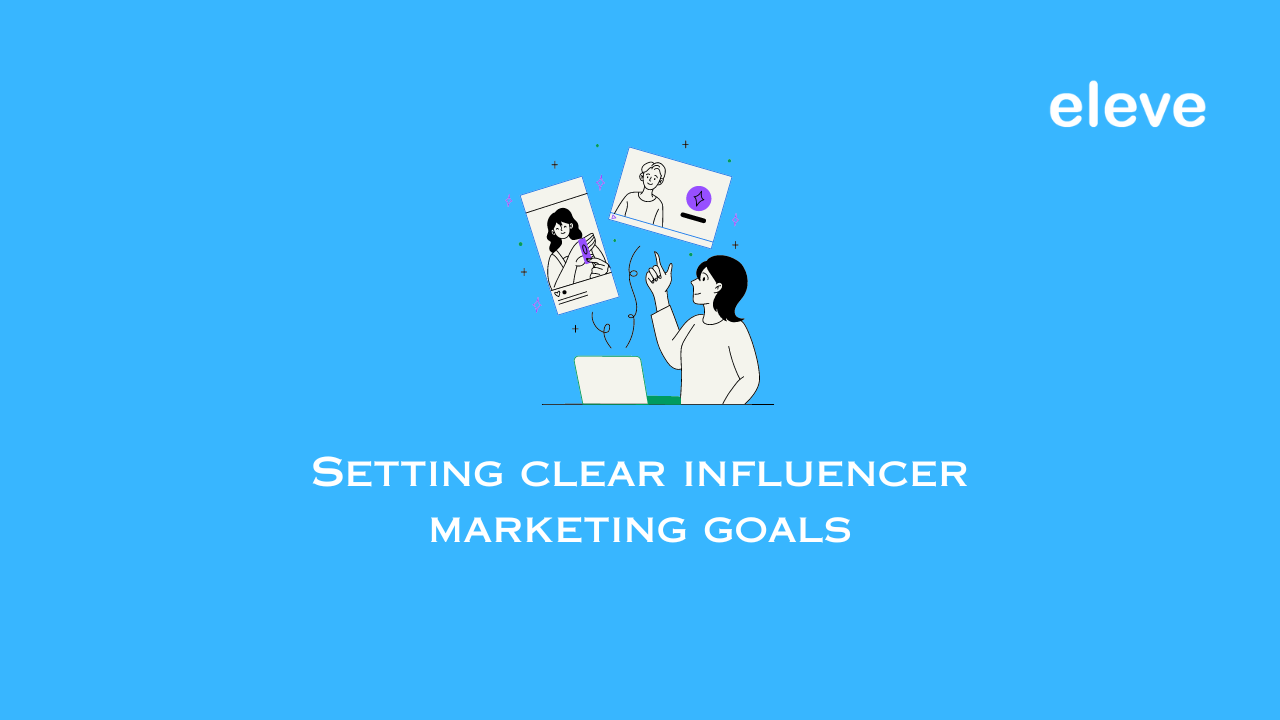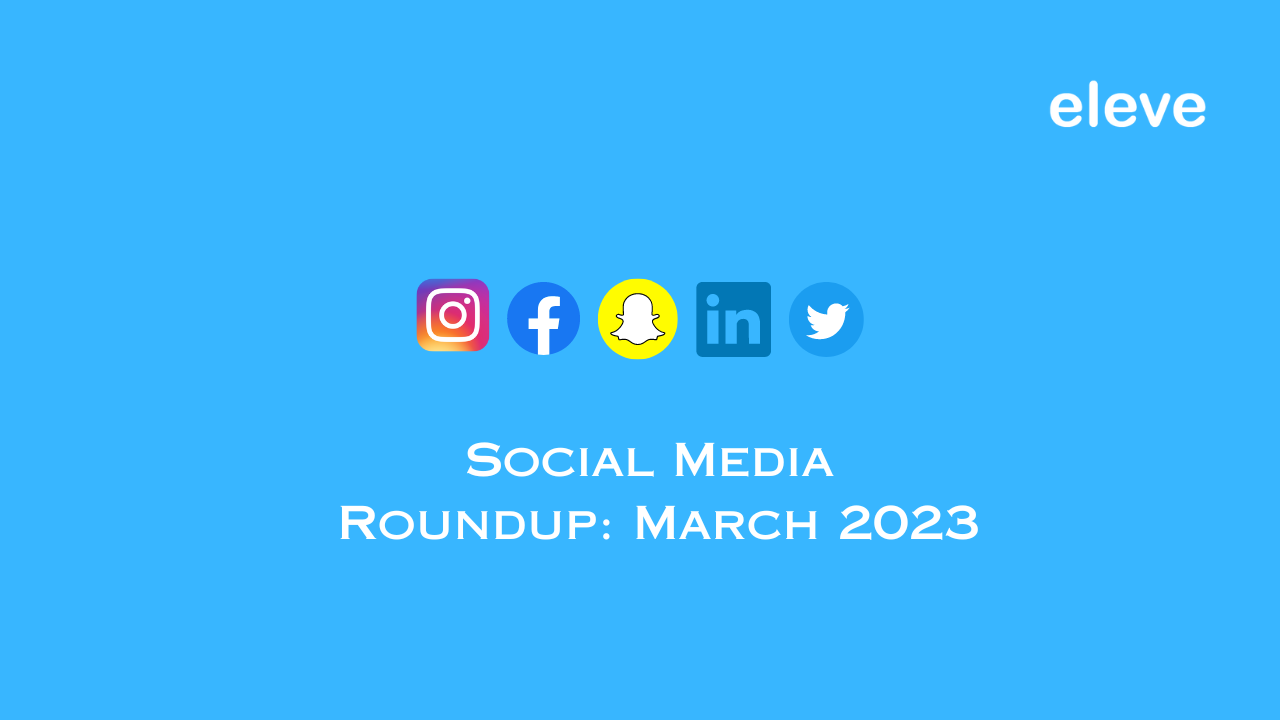The Middle East and North Africa (MENA) region has a lot of potential for influencer marketing due to its unique culture, marketing landscape, and market size. Additionally, the region has undergone a digital transformation, resulting in increased internet, mobile, and social media usage.
Statistically, 9 out of 10 Arabs use at least one social media platform daily, leading to the rise of influencers with larger audiences.
With the surge in the number of influencers, the advertising industry has turned its attention to influencer marketing, with the Middle East leading the GCC market in terms of demand from top-paid influencers and brands.
The TikTok Effect
In the creator economy, TikTok positioned itself at the heart of the ecosystem, built on connections between creators, content, and community members. “Each element makes the other stronger, forming a symbiotic relationship that spurs creativity and innovation,” says Tarek Abdalla, Regional General Manager at TikTok Middle East, Turkey, Africa, Pakistan and South Asia.
Have you noticed how TikTok has exploded in popularity since 2019?
From A-list celebrities to up-and-coming influencers, everyone seems to be on it! And did you know that the majority of the top influencers come from the UAE and Saudi Arabia, creating hilarious comedy skits, jaw-dropping fashion content, and heartwarming acting performances?
To make the platform even more meaningful, TikTok has launched #CreateForGood and #TikTokCares campaigns with MENA influencers to educate people on tolerance and safety manners. It’s amazing to see how TikTok has become the third-largest social platform and the most potent cultural and commercial force for today’s consumers.
In fact, 36% of users on TikTok are over 30 years old! And with the rise of TikTokMadeMeBuyIt, which has a whopping 29.3 billion views, it’s clear that TikTok is not just a platform for Gen Z and Gen Alpha. In fact, 49% of TikTok users have already reported making a purchase via the platform!
Influencers Are Impacting the Real World
Did you know that when it comes to discovering new products, millennials tend to rely on influencers? In fact, according to a recent study, almost half of the women between the ages of 18 and 24 say that online platforms are their go-to source of information on brands and products.
Here’s an interesting stat: 73% of respondents reported making a purchase after seeing an influencer mention a product. This shows the significant impact that influencers can have on consumer behaviour.
If you’re a global brand looking to expand your reach, mega influencers can be a great way to make an impact in a new region.
For example, the fashion and beauty sectors have successfully introduced mega influencers like Huda Kattan and Maya Ahmad to audiences around the world. Huda Kattan even has her own brand and collaborates with leading beauty and fashion brands.
However, it’s important to note that influencer marketing in the MENA region is different from the Western market. To run a successful influencer marketing campaign in this region, you need to carefully consider the culture and tastes of the audience. Otherwise, you may end up with low KPIs.
Dubai-based beauty influencer Maya did numerous partnerships with famous makeup brands, including MAC Cosmetics, Dior, Kiko, and Givenchy.
Popular influencers effectively convert global brand promotion into the local context.
For its haircare brand Elvive, Loreal started a long-term influencer collaboration with Dubai-based lifestyle influencer Narins Beaty. She explains the features of Elvive products, which allow the growth of long and healthy hair while using heat tools. She is very popular in MENA and always shown with her beautiful long healthy hair and growing popularity among Gen Z, making her the best choice for Loreal’s #dreamlong campaign.
Social media is viewed as trustworthy and has overtaken TV as a source of information.
Marketing strategies cleverly designed to market features are also winning in influencer marketing. Uber has an outstanding newcomer example of influencer marketing in MENA.
Uber effectively ran the influencer marketing campaign by tailoring its brand objectives to Saudi Arabia’s socio-economic system.
Together with the government’s support for the modernisation of socio-culture, Uber’s campaign touched on several hot topics such as women empowerment, entertainment, and employment. The long-term partnership with big-size influencers drew high ROI and positive engagement towards Uber.
Micro-influencers, especially, are on the rise and gaining more online power. They dominate in terms of the level of trust and therefore have more brand partnerships. Not surprisingly, influencer marketing is experiencing a shift from macro-influencers to micro-influencers as they generate more engagement and authentic content.
Now that we know the state of influencer marketing in the region, let’s jump straight into how we can win the influencer marketing game.
Leverage Credibility of Micro-influencers
Do you know that despite its expanding size, the influencer marketing industry in MENA is still in its early stages, with many niches and influencers waiting to be discovered?
If you’re looking to promote your brand, it’s important to establish credibility.
Micro-influencers have a strong ability to engage with their audience and are known for their authenticity, making them an effective means of raising awareness and attracting new customers. Plus, micro-influencers can be particularly advantageous if you’re working with a limited budget.
Refocus Marketing Efforts Towards Gen Z
Have you heard about the influencer campaign that Egypt’s Commercial International Bank launched? It was quite a bold move, considering that banking doesn’t typically spark interest among Gen Z. To make the campaign more appealing to young people, the bank incorporated the trendy “dabbing” fashion style.
The campaign encouraged young people to make positive changes in the new year, and it ended up being a huge success, with a high level of engagement. In fact, nearly all of the socially active users who participated in the campaign were curious about the bank’s services.
Choosing the Right Social Media Platform is the Key
Did you know that millions of people in the MENA region are active users of popular social media platforms such as Facebook, Instagram, Snapchat, TikTok and YouTube?
In fact, the region makes up 10% of the world’s Instagram users, making it a prime platform for influencer marketing.
It’s worth noting that influencers in the region are primarily focused on Instagram, which is a popular platform for sharing stories and videos – something that social media users in the region are passionate about.
So, if you’re considering influencer marketing in MENA, Instagram is definitely a platform to consider.
Although the MENA region may have distinguishing characteristics from the rest of the world, it boasts a thriving influencer marketing industry.
The population is highly connected, and their individual experiences carry more weight than the popularity of brands. As a result, executing genuine influencer marketing campaigns can be a difficult but advantageous endeavour.
Work With Industry Experts
Are you thinking about expanding your brand into the region? If so, it’s essential to have an expert consultancy by your side to ensure a successful and efficient campaign that effectively reaches your target audience. That’s where Eleve comes in!
Eleve has a wealth of experience in assisting brands in finding the perfect-fit influencers for their campaigns, managing everything from influencer negotiations to reporting on the success of your campaign.



